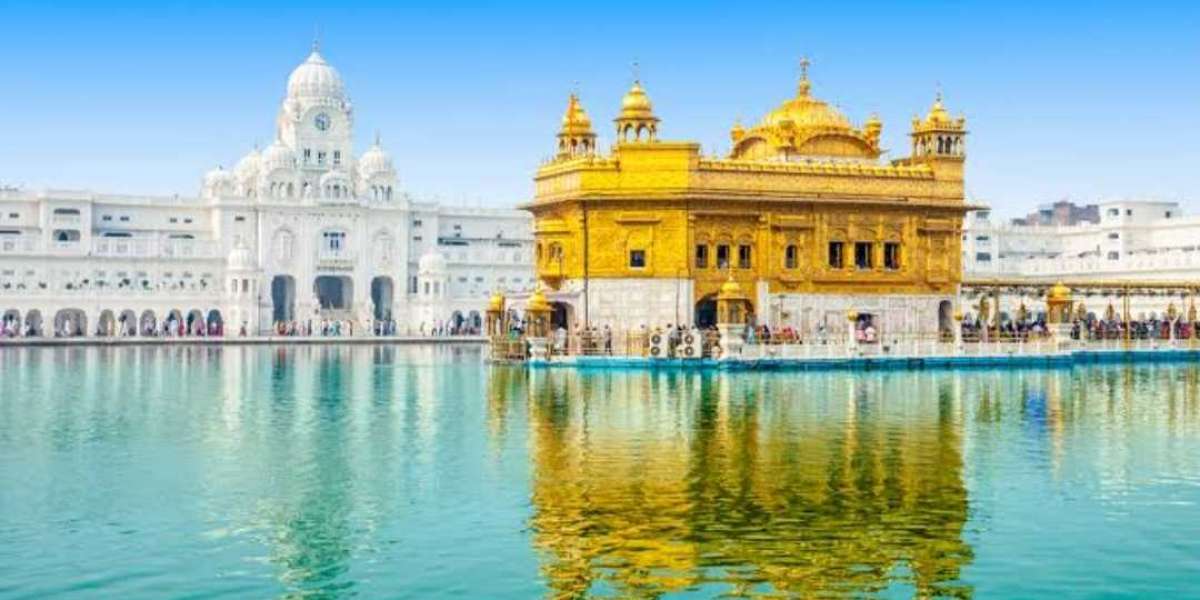Places and religion have a deep and profound relationship that is manifested in various ways around the world. Religion plays a significant role in shaping the identity of communities, and its impact can be seen in every aspect of their lives, from their art and architecture to their language and cuisine. The physical spaces where believers come together to honor their faith are an essential aspect of this relationship, serving as the focal point of religious expression.
Places of worship can be found in virtually every corner of the world, taking on a variety of forms depending on the religious tradition. Some of the most magnificent structures ever built were created for religious purposes, from the soaring cathedrals of Europe to the ornate temples of Asia. These buildings are often architectural masterpieces, designed to inspire awe and reverence in those who enter them.
Cathedrals, for example, are often the centerpiece of the community they serve, with their towering spires visible from miles away. These massive structures are designed to convey a sense of grandeur and majesty, inspiring visitors with their soaring ceilings, intricate stained glass windows, and meticulously crafted sculptures. The design and decoration of these spaces are meant to reflect the values and beliefs of the religion they represent, reinforcing the faith of those who visit them.
However, not all places of worship are grandiose structures. Some are simple and unassuming, consisting of little more than a small shrine or altar. These spaces are no less important to the communities that use them, serving as a gathering point for prayer and reflection. They may be found in homes, public parks, or other communal areas, and can serve as a reminder of the power and presence of the divine in everyday life.
Regardless of their size or design, these spaces provide a sense of connection and community for believers. They offer a physical location for individuals to come together and honor their faith, providing a sense of belonging and identity in a world that can often feel fragmented and disconnected.
Religion also plays a vital role in shaping the art and architecture of the cultures it touches. From the intricate geometric patterns of Islamic tilework to the soaring arches and domes of Christian architecture, religious motifs and themes can be found in virtually every form of creative expression. These artistic elements not only reflect the values and beliefs of the religion, but they also help to reinforce them, providing a visual representation of the faith that can be passed down through generations.
Religious traditions also influence language and cuisine, with many of the words and foods we use today having their roots in religious customs and practices. From the Latin-derived terms used in Catholic liturgy to the dietary restrictions of Judaism and Islam, religious traditions have a significant impact on the way we speak and eat.
For example, the practice of fasting during the month of Ramadan in the Islamic faith has given rise to a variety of traditional dishes and beverages, from the sweet, date-based dessert known as qatayef to the refreshing mint and lemon drink called sahlab. Similarly, the dietary laws of Judaism have led to the development of a wide range of kosher foods, including traditional dishes like gefilte fish and matzo ball soup.
In addition to their impact on culture and society, religious beliefs also shape the way individuals view the world around them. For many people, their faith provides a sense of purpose and meaning in life, guiding their decisions and actions in a way that reflects their values and beliefs. It can also provide comfort and solace during times of hardship, serving as a source of hope and inspiration in the face of adversity.
Despite their many benefits, religion can also be a source of conflict and division, particularly when different beliefs come into conflict with one another. Religious wars, sectarian violence, and acts of terrorism have all been perpetrated in the name of faith, highlighting the potential dangers of religious extremism and intolerance







